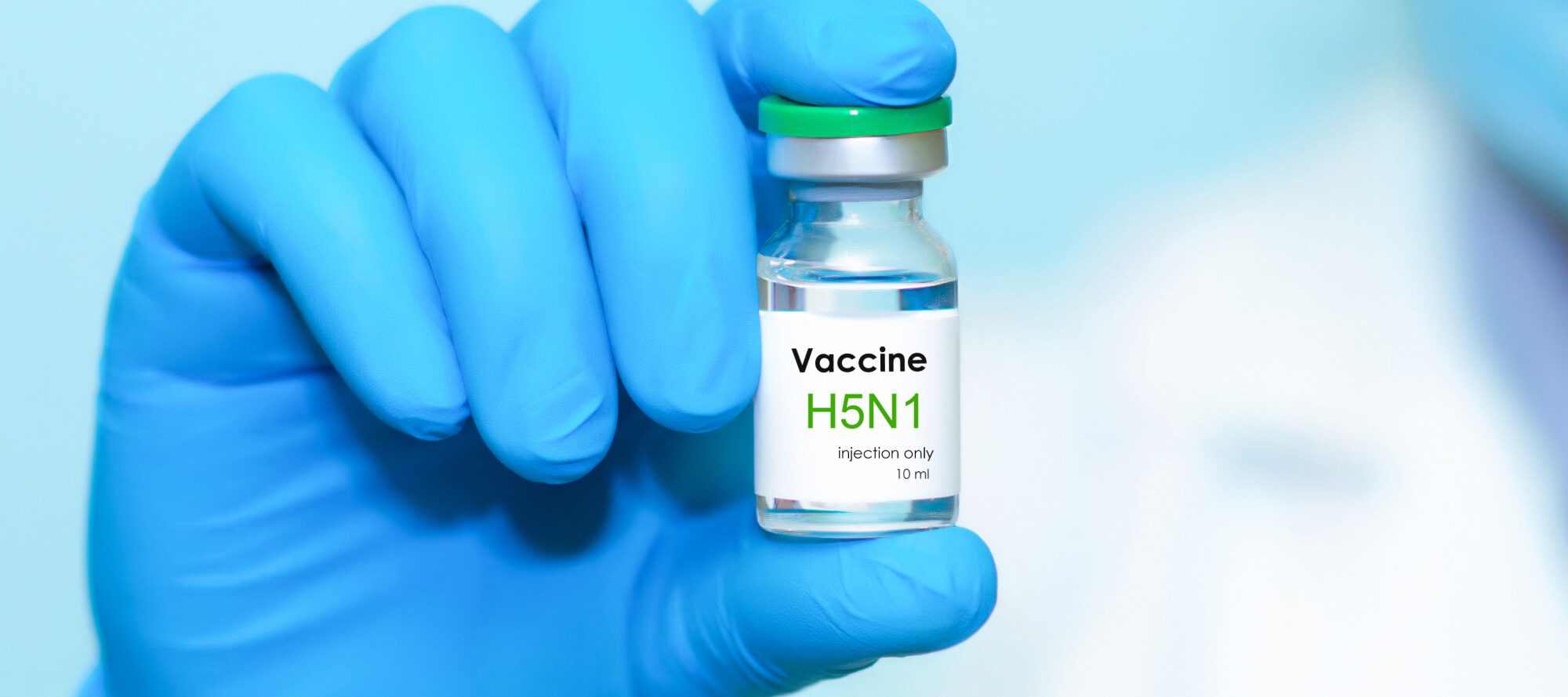- Virome Sequencing Identifies H5N1 Avian Influenza in Wastewater from Nine Cities
Sequencing reads uniquely aligning to H5N1 covered all eight genome segments, with best alignments to clade 2.3.4.4b. Notably, 19 of 23 monitored sites had at least one detection event, and the H5N1 serotype became dominant over seasonal influenza over time. A variant analysis suggests avian or bovine origin but other potential sources, especially humans, could not be excluded.
- COVID-19 Vaccines and Adverse Events of Special Interest: A Multinational Global Vaccine Data Network (GVDN) Cohort Study of 99 million Vaccinated Individuals
These results come from an observational cohort study that compared observed with expected rates of 13 selected adverse events of special interest (AESI) across neurological, haematological, and cardiac outcomes. Expected rates were obtained by participating sites using pre-COVID-19 vaccination healthcare data stratified by age and sex. Observed rates were reported from the same healthcare datasets since COVID-19 vaccination program rollout. AESI occurring up to 42 days following vaccination with mRNA (BNT162b2 and mRNA-1273) and adenovirus-vector (ChAdOx1) vaccines were included in the primary analysis. Participants included 99,068,901 vaccinated individuals. In total, 183,559,462 doses of BNT162b2, 36,178,442 doses of mRNA-1273, and 23,093,399 doses of ChAdOx1 were administered across participating sites in the study period. Risk periods following homologous vaccination schedules contributed 23,168,335 person-years of follow-up. First, did they see a signal for any adverse events. They did confirm a signal that we have discussed before for a few adverse events of special interest (AESI) such as Guillain-Barré syndrome, cerebral venous sinus thrombosis following the first dose of ChAdOx1 vaccine, Acute disseminated encephalomyelitis, myocarditis and pericarditis.
- The Role of Colchicine in the Management of COVID-19: A Meta-analysis
Colchicine is an alkaloid drug that is used in many autoinflammatory conditions e.g., gout, familial Mediterranean fever, and Behçet’s syndrome. Colchicine inhibits the production of superoxide and the release of interleukins that stimulate the inflammatory cascade. Colchicine decreases the differentiation of myofibroblast and the release of fibrotic mediators including transforming growth factor (TGF-β1) that are related to the fibrosis. Moreover, colchicine has been used to treat viral myocarditis caused by CMV or EBV, interstitial pneumonia, and pericarditis resulting from influenza B infection. A comprehensive review of the literature was done till May 2022 and yielded 814 articles after ranking the articles according to authors and year of publication. Only eight clinical trials and cohort studies fulfilling the inclusion criteria and were included. This meta-analysis involved 16,488 patients; 8,146 patients in the treatment group and 8,342 patients in the control group. The results showed that colchicine resulted in a significant reduction in the mortality rate among patients received colchicine in comparison with placebo or standard care. Colchicine resulted in a significant decrease in the need for O2 therapy in patients with COVID-19. This all sounds good until we dig a bit deeper. What about people that actually had COVID? They look at people that had PCR confirmed COVID and among the PCR confirmed COVID-19 patients, colchicine decreased the hospitalization rate by about 25% barely making that P value <0.5 cutoff (RR 0.75, 95%CI 0.57–0.99, P = 0.042). However, colchicine had no effect on mortality and the need for mechanical ventilation among this subgroup.
- Psychometric Analysis of the Modified COVID-19 Yorkshire Rehabilitation Scale (C19-YRSm) in a Prospective Multicentre Study
The data here come from the Long COVID Multidisciplinary Consortium Optimising Treatments and Services Across the NHS (LOCOMOTION) study. In this study 1,314 patients attending 10 UK specialist LC clinics completed both the modified COVID-19 Yorkshire Rehabilitation Scale (C19-YRSm) and EuroQol 5D-5L (EQ-5D-5L) longitudinally. Responsiveness and test–retest reliability was evaluated for C19-YRSm subscales and EQ-5D-5L and we are going to see how these different scales worked. El COVID-19 Yorkshire Rehabilitation Scale (C19-YRSm) is a 17-item instrument designed to capture the key symptoms of LC and its impact on activities of daily living and overall health. The items comprise four subscales: Symptom Severity (SS, 10 items), Functional Disability (FD, five items), Overall Health (OH, a single item) and Other Symptoms (OS). Responses are recorded on a Likert scale. The EQ-5D-5L is a preference-based instrument with five domains: mobility, usual activities, self-care, pain/discomfort and anxiety/depression. It has five response categories ranging from 1 (no problems) to 5 (severe problems). So here lower numbers are better. Ultimately they interpret these results as showing that the C19-YRS-m was able to detect changes as patients’ symptoms fluctuated and was more sensitive to change than the generic health-related quality of life measure, the EQ-5D-5L (both Index and VAS). They suggest that this is a potentially important finding for future randomised controlled trials in Long Covid.
Situation Dashboards

World Health Organization (WHO)
Novel Coronavirus (COVID-19) Situation from World Health Organization (WHO)

Johns Hopkins University (JHU)
Coronavirus COVID-19 Global Cases by the Center for Systems Science and Engineering (CSSE) at JHU

COVID-19 in US and Canada
1Point3Acres Real-Time Coronavirus (COVID-19) Updates in US and Canada with Credible Sources

Genomic Epidemiology COVID-19
Genomic Epidemiology of (COVID-19) Maintained by the Nextstrain team, enabled by data from GISAID.





